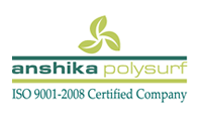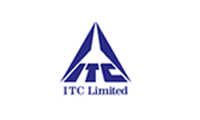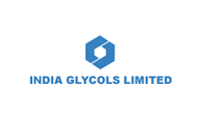Domestic Water Treatment
Domestic water or drinking water/ potable water should be completely safe and free from any harmful effect on users; It must be pleasant on tongue [ palatable ], be free of colour, odour, turbidity and should have permitted level of dissolved solids such as Calcium Magnesium, sodium, their bicarbonates, chlorides and sulphates.
Water for laundry, lavatories, baths etc. - If water is hard, it will not form lather with soap and clothes shall not be washed clean and bright. When it comes to drinking water, water with certain level of hardness may be OK, but the same hard water will clog and scale the GI pipes, heaters, geysers for the reason that some of the dissolved solids like Calcium Carbonate and Magnecium Hydroxide have lower solubility in water and with rise of temperature, they will precipitate out.

SOURCES OF DOMESTIC WATER AND IMPURITIES IN IT
Unless it is water coming from melted snow, all other sources such as rivers, lakes, borewell, channels, rain water have impurities picked up from the soil it comes in contact with. Nature would have provided us balanced water in respect of acidity, alkalinity and organoleptic properties but due to many reasons, this balance gets disturbed and here a professional water treatment engineers’ role comes to the fore. Broadly following group of impurities exist in any water.
Physical impurities such as clay, sand particles, odour , bad taste and turbidity etc.
Chemical impurities – these are dissolved impurities like bicarbonates , chlorides, sulphates and nitrates of calcium and magnecium and these are to be brought to acceptable level of human consumption and other domestic uses.
Following are the features of a healthful and tasty drinking water:
TDS : < 200 Mg/ Liter.[ WHO Standards < 500 mg/ liter ]
All ions forming dissolved solids must be in a balanced state with respect to acidity and alkalinity. It can be very well imagined that when natural sources of water today are somewhere brackish and somewhere saline in nature, it requires highly sophisticated and effective treatment to bring them within above range.
Micro biological impurities – All sorts of micro organism [invisible to naked eye] Can thrive in water, these are various forms of bacteria, virus, yeast and moulds. Bacteria can be E-Coli or B-Coli and besides these there are some causative agents for number of health problems.
REMOVAL OF IMPURITIES
PHYSICAL IMPURITIES - Though conventional methodology comprising of settling, filtration through sand bed filter and chlorinating shall remove coarse suspended particles and iron etc, for removal of colour and odour, activated carbon filter either separately or with a carbon layer in the sand bed filter can be used.
With RO technology becoming highly handy and efficient now it is possible to remove impurities of size 0.1- 0.01 u by ultra filtration membranes.
CHEMICAL IMPURITIES - Membrane technology is so versatile that it can be applied to water of any specifications of course with a proper design of pre treatment and post treatment of water for feeding the membranes and making the permeate fit for desired end use. The RO based treatment system for drinking water can remove selectively, any level of dissolved solids and pass them to reject stream.
MICRO BIOLOGICAL IMPURITIES - RO technology based water purification plant can remove bacteria, virus, moulds etc. very effectively and water produced is of exceptionally pure quality, healthful and tasty
The responsibility and role of water treatment engineer / designer does not end with installation of a domestic water plant, rather it earnestly starts now when he has to run and maintain the plant either by posting his own man or training clients’ man for the job.











